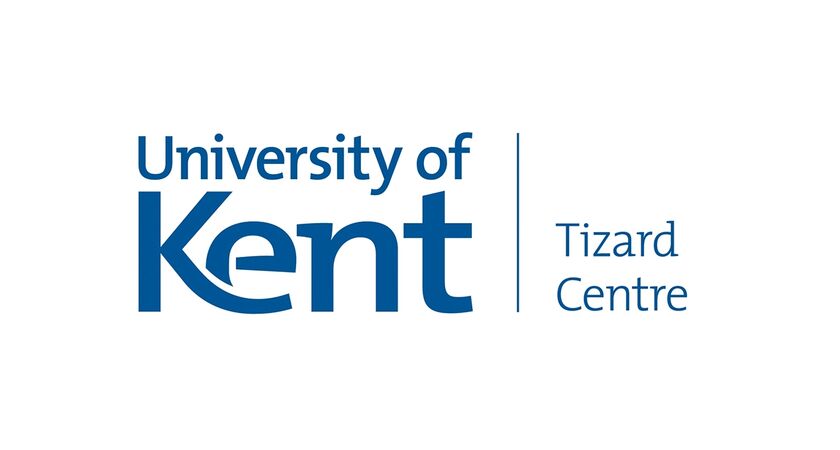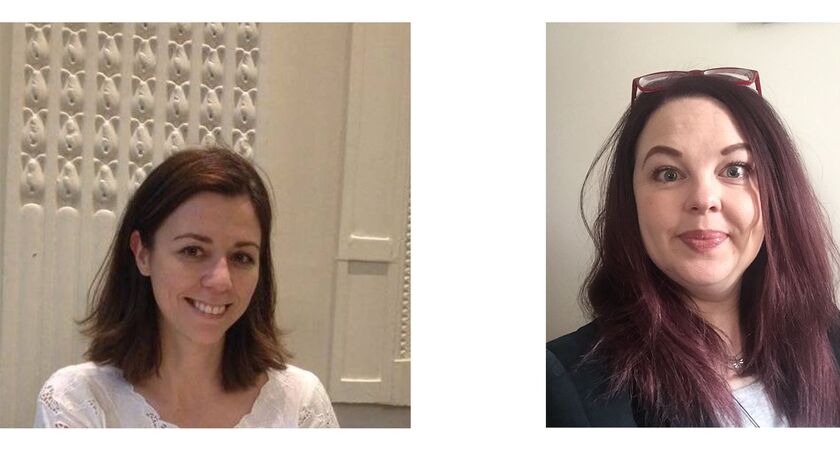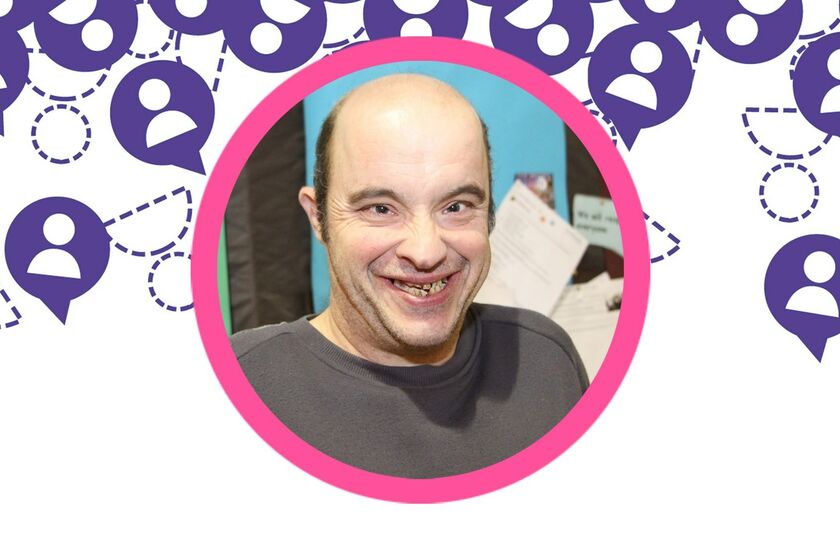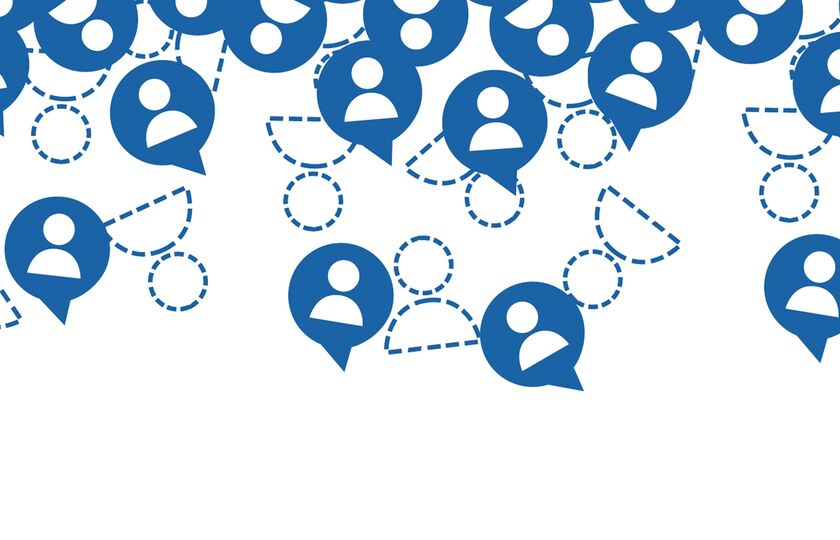- Leam CA, Lindsay WR & Brown KD (Eds) (2010) Assessment + Treatment of Sexual Offenders with Intellectual Disabilities. Chichester: Wiley.
- Bates (Ed) (2018). LD & Sexuality. 2nd Edition.
- Brown & Brown (2018) When Young People with Intellectual Disabilities and Autism Hit Puberty. A Parents’ Q&A Guide to Health, Sexuality and Relationships. Jessica Kingsley Publishers, London.
Supported Loving toolkit
Harmful sexual behaviour
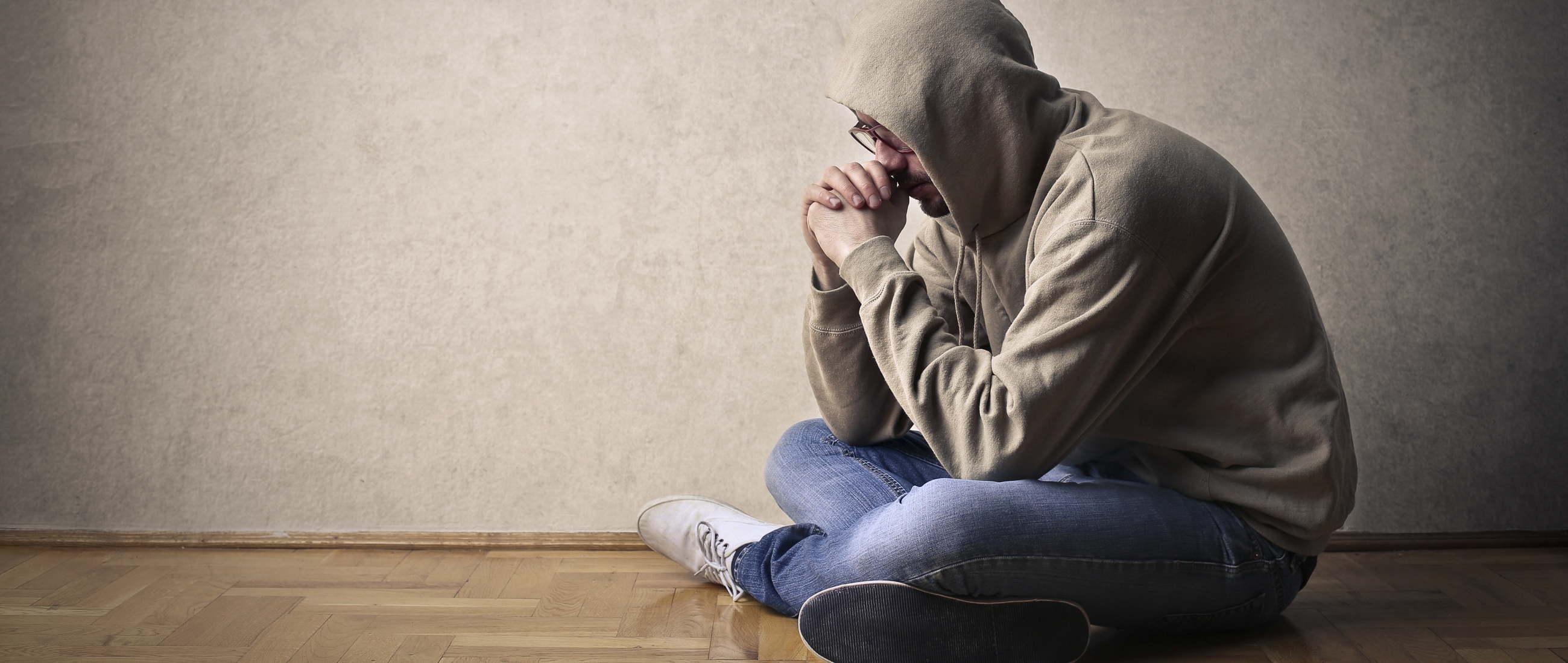
Adults and children with learning disabilities and/or autistic people can sometimes display harmful or abusive sexual behaviours.
Like individuals without a disability, these behaviours can range from inappropriate masturbation, touching, and sexualised language to stalking, rape and online behaviours eg accessing pornography (which is illegal if the individual viewing the material is under 18 years old), accessing illegal forms of pornography containing animals or injury, viewing child sexual abuse images (where the material is of individuals under 18 years old), grooming and sexting (which can be illegal dependent on age).
It can be challenging for parents, carers and professionals to address or manage such behaviours without restricting an individual’s choice and freedom regarding their sexuality. However, if left unattended such behaviours that might be considered inappropriate in childhood or adolescence can become harmful to others in later life and might bring the individual to the attention of the police.
The following sections highlight some of the difficulties experienced in this area and offers guidance and direction such as the need for specialist, age-appropriate treatment and help for children, and the support and services available for adults with learning disabilities and autism who display sexually abusive or offending behaviours. It also discusses the implications for those who come into contact with the youth and criminal justice systems.
Supporting people - the right way
Children and young people
- Understanding appropriate vs inappropriate behaviours.
- Have access to adapted and appropriate relationships and sex education (RSE) within academic/education settings.
- Experimentation with peers (involving both touch and non- contact behaviours).
- Keeping safe online.
- Be aware of vulnerabilities of peers, siblings and those in their immediate social network (friends, family etc).
Possible support
- Use the free Brook Traffic Light online resources to help identify in/appropriate behaviours.
- Visit websites (such as SOTSEC, listed below) which identify other resources available for working and educating children and young people about RSE topics.
- If the behaviour is identified as harmful, consider the use of the NSPCC HSB framework.
- Consider the home environment of the child: is it stable and safe?
Adults
- In health and social care settings, sexual behaviours may be directed towards support staff, carers or other services users. In the community, they may be directed towards children and young people. It is important to ensure that these risks are managed (see below) and staff or carers are aware without the individual feeling persecuted or their privacy breached (think ‘need to know’ rather than ‘should know’).
- Some individuals, despite undergoing treatment, may still need external management strategies. However, it is vital that these are as unrestrictive as possible e.g. increasing community supervision or going out at quieter times rather than denying access to the community.
- It is important to provide support and accessible information for any individual going through the criminal justice system (see ‘the CJS explained’ on the SOTSEC website listed below) and if they have any specific needs or conditions e.g. autism, which need to be taken into consideration when deciding sentencing or treatment.
- Recovery and rehabilitation require understanding and acceptance of past mistakes by both the perpetrator and society. Providing motivation and support to move forward, promoting ‘healthy’ (and legal) sexual behaviours and striving for the ‘Good Life’ are important messages in addition to emphasising the negative consequences of abusive behaviours.
Do...
- remember that it is a minority of children, young people and adults with learning disabilities or autistic people that display harmful or abusive sexual behaviours.
- think about why or how the behaviour has developed. Is there a risk that the individual has been abused themselves? Do they need sex education or information about appropriate social conduct? Do they have additional mental health needs?
- seek help and guidance. Look for age-appropriate, specialist multi-agency treatment for children, and programmes adapted for adults with learning disabilities or autistic people.
Don't...
- ignore concerning behaviours. Many adults who sexually abuse others have long histories of worrying or inappropriate sexual behaviours.
- treat healthy or developing sexual behaviours as abnormal or wrong. Adults and young people with learning disabilities and/or autistic people have the same right to develop their sexual identity, interests and behaviours as those without.
- forget about other areas of the individual’s life - think about the individual’s strengths and communication preferences when working with them and focus on positive behaviours as well as risks.
Case study
Following some incidents, at 17 Jay attended a young person’s Keep Safe group which taught him about sex education and relationships, learning about other people’s feelings and staying within the law. The group helped him develop a recovery and keeping safe plan to help him not re-offend or repeat past behaviours.
Once Jay finished college and got a job his support was withdrawn. As his independence increased, so did the pressures and stresses, which had an impact on his mental health and wellbeing. Consequently, contacts and services Jay had accessed as a teenager and young adult were no longer available and he was unsure where to go to seek help.
As Jay’s wellbeing got worse, he began to revert to old coping strategies and began displaying similar harmful sexual behaviours and eventually came to the attention of the police. In reviewing Jay’s case, it was decided that Jay would be diverted from the criminal justice system through the liaison and diversion services.
His local adult community learning disability team took him on and this granted his access to a local keeping safe maintenance group which reinforces the work he did at 17yrs. The CLDT recognised that the deterioration in mental wellbeing was a trigger for the harmful sexual behaviours in Jay’s case. To address this Jay was offered therapy to improve him mental health and also identify strategies for coping when under pressure.
Clare Melvin and Aida Malovic, Tizard Centre
Read more about the Tizard Centre
The views expressed in the Supported Loving toolkit are not necessarily those of Choice Support.
Resources
Books
Brook Traffic Light
This resource is a helpful tool in terms of helping professionals who work with children and young people to identify and respond appropriately to sexual behaviours and adolescent sexual development. Freely accessible here.
NSPCC (2016) harmful sexual behaviour framework
NSPCC (2016) framework that aims to support local work with children and young people and the areas in which they live, by means of developing and improving multi-agency responses to children displaying HSB. For more information, visit their website.
SOTSEC-ID guide to the Criminal Justice System
Easy Read guidance including liaison and diversion services, going to court, going to prison, probation and the youth justice system) as well as pornography and the law, here.



